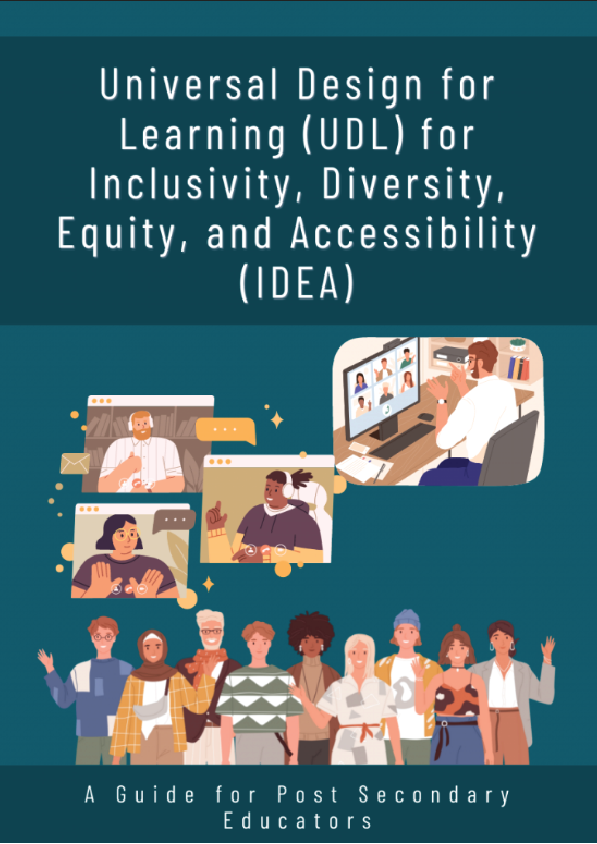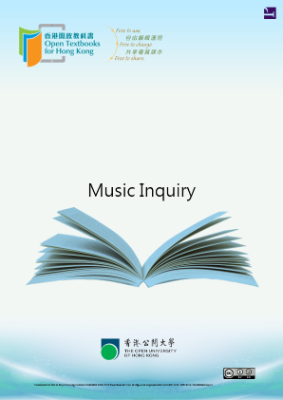Why Universal Design for Learning
In the 1980s, architect Ronald Mace introduced the term Universal Design (UD). In its original application, UD refers to “the design of products and environments to be usable by all people, to the greatest extent possible, without the need for adaptation or specialized design” (Connell et al., 1997).
The concept of removing barriers and increasing access has been applied to the field of education with the development of various UD frameworks, including Universal Instructional Design (UID), Universal Design for Instruction (UDI), and Universal Design for Learning (UDL). In the digital environment, UD has been described as Inclusive Design, which is defined as “design that considers the full range of human diversity with respect to ability, language, culture, gender, age and other forms of human difference” (Inclusive Design Research Centre, n.d.). While there are some differences in the origin and context of Inclusive Design and UD, as well as differences between the UD Frameworks, there are common goals:
- Inclusivity
- Recognizing and designing for diversity
Focus on AODA
This guide is firmly rooted in the Accessibility for Ontarians with Disabilities Act (AODA) as it applies in the post-secondary context. As such, it may be used as part of mandatory training in post-secondary settings.
Indigenous Pedagogies and Decolonization
We recognize the presence of racist practices and processes that have posed barriers for students who identify as members of racialized groups. These barriers can mean that students do not enter post-secondary education, or do not complete their post-secondary program. This bias is found in the design and delivery of post-secondary education and in the scholarships of teaching and learning.
It is important to address these issues/racism and colonization of the curriculum because eliminating biased curriculum and unjust educational practices is part of providing equal access. When Indigenous learners can see themselves in the curriculum, they are more likely to be successful (Tunison, 2007) and more likely to experience success within their program (Indspire, 2018). Educating all learners, regardless of their background, contributes to graduates who are aware of the social injustices.
Have you ever heard of Universal Design for Learning (UDL)? What is it and why does it matter? The Introduction and Overview of UDL module gives a synopsis of UDL, including its origins and examples. This module will ensure participants have a foundational understanding of UDL with opportunities to reflect on how it can improve inclusion, equity, and access in all of our teaching and learning environments. Throughout this module, you will be asked to define and redefine what UDL might be for you as an educator and within your specific context.
Concept of Universal Design
In the 1980s, architect Ronald Mace introduced the term Universal Design (UD). In its original application, UD refers to “the design of products and environments to be usable by all people, to the greatest extent possible, without the need for adaptation or specialized design” (Connell et al., 1997). For example, consider the barriers presented by entering a building that has steps up to a door with handles. Who would have difficulty accessing such a building?











